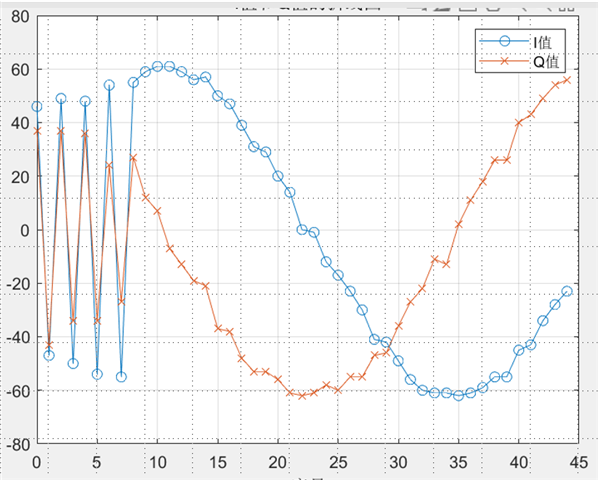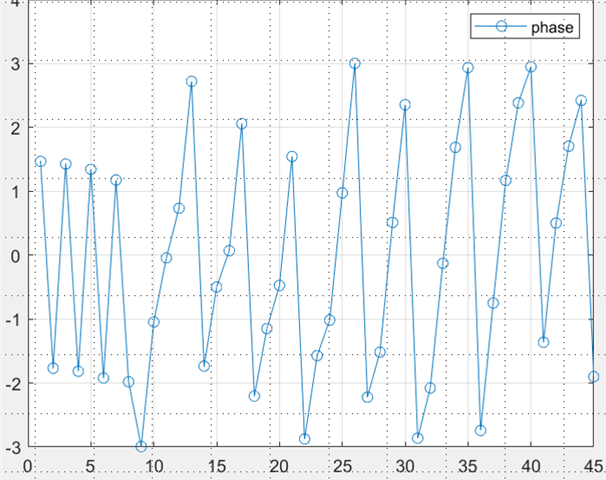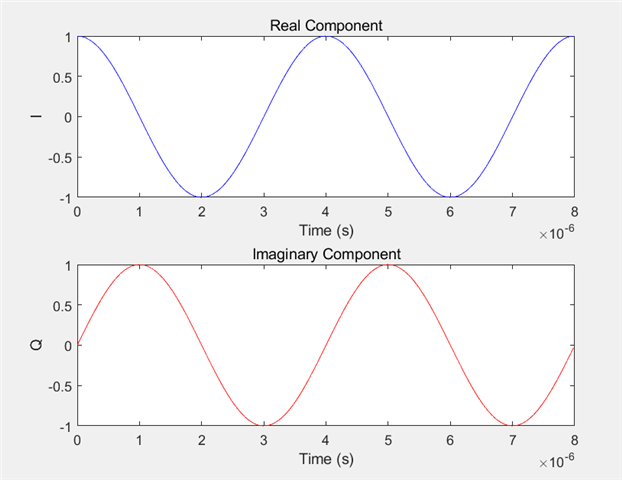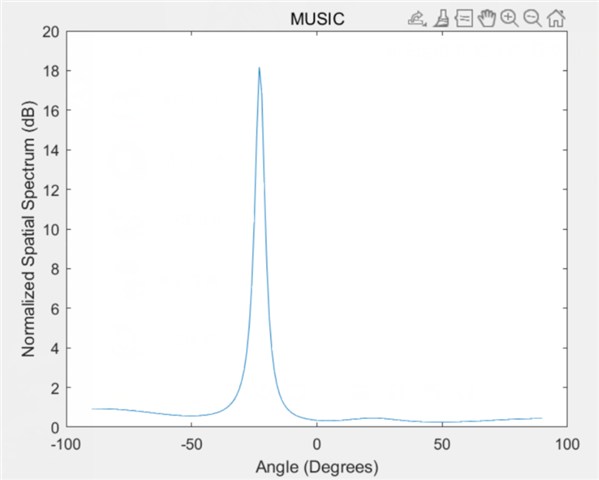I am using the nRF52833 DK and a Nordic-designed antenna array (12 antennas with 0.02m spacing) for an AoA Direction Finding project. I obtained the IQ data using Direction finding connectionless beacon / Direction finding connectionless locator and input them into an implementation of the MUSIC algorithm, but the resulting spatial spectrum appear to be random and irregular.
Therefore, I want to verify if the IQ data I have collected is valid and usable.
I am using the default settings, with a switch slot of 2us, resulting in a sampling interval of 4us. I have removed the first 8 samples when estimating the AoA spectrum.
My IQ data was collected in an open, sparsely populated square with minimal signal interference.
The IQ data and corresponding phase collected using a single antenna are as follows:(I'm sorry for the mistake. The legend on the right should be phase instead of I Value.)


The IQ data and corresponding phase collected using a 4-antenna array are as follows:


My questions are,
1) Firstly, is there any apparent issue with the IQ data I have collected?
2) According to the whitepaper, the CTE is a 250kHz single tone signal, and my sampling interval is 4us. Thus, the additional phase difference caused by antenna switching is 2πfΔt = 2π * 2.5e5 * 4e-6 = 2π, which is exactly one period. Therefore, based on my understanding, the IQs plot and phases corresponding to the same antenna should be straight lines (please correct me if I am wrong). However, the phases I have collected are continuously changing. This could be due to errors introduced by environmental factors such as temperature and humidity. So, before AoA estimation, should I compensate for these errors? For example, should I first collect a segment of the signal to calculate the average fluctuations in IQ (ΔI and ΔQ) and then use these values to align the subsequent samples to the first sample for AoA spectrum estimation?
3) I also tried concatenating different CTE packets to increase the number of samples, but the results were still very irregular. Is it reasonable to concatenate the IQ data from multiple CTEs for direction finding?
I appreciate any reply, thanks!





